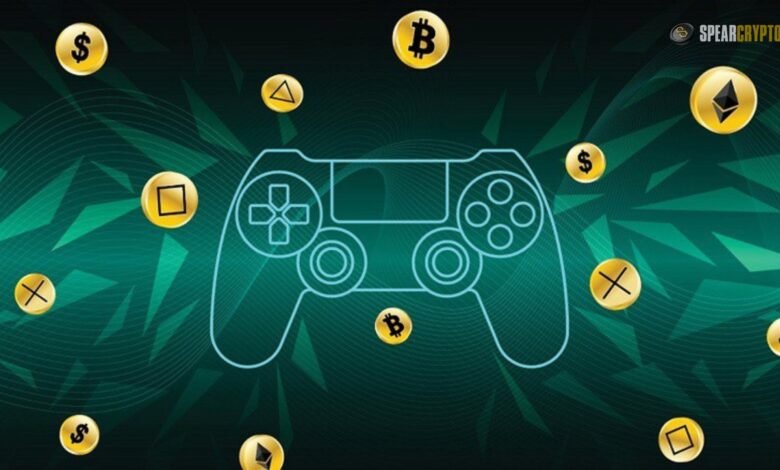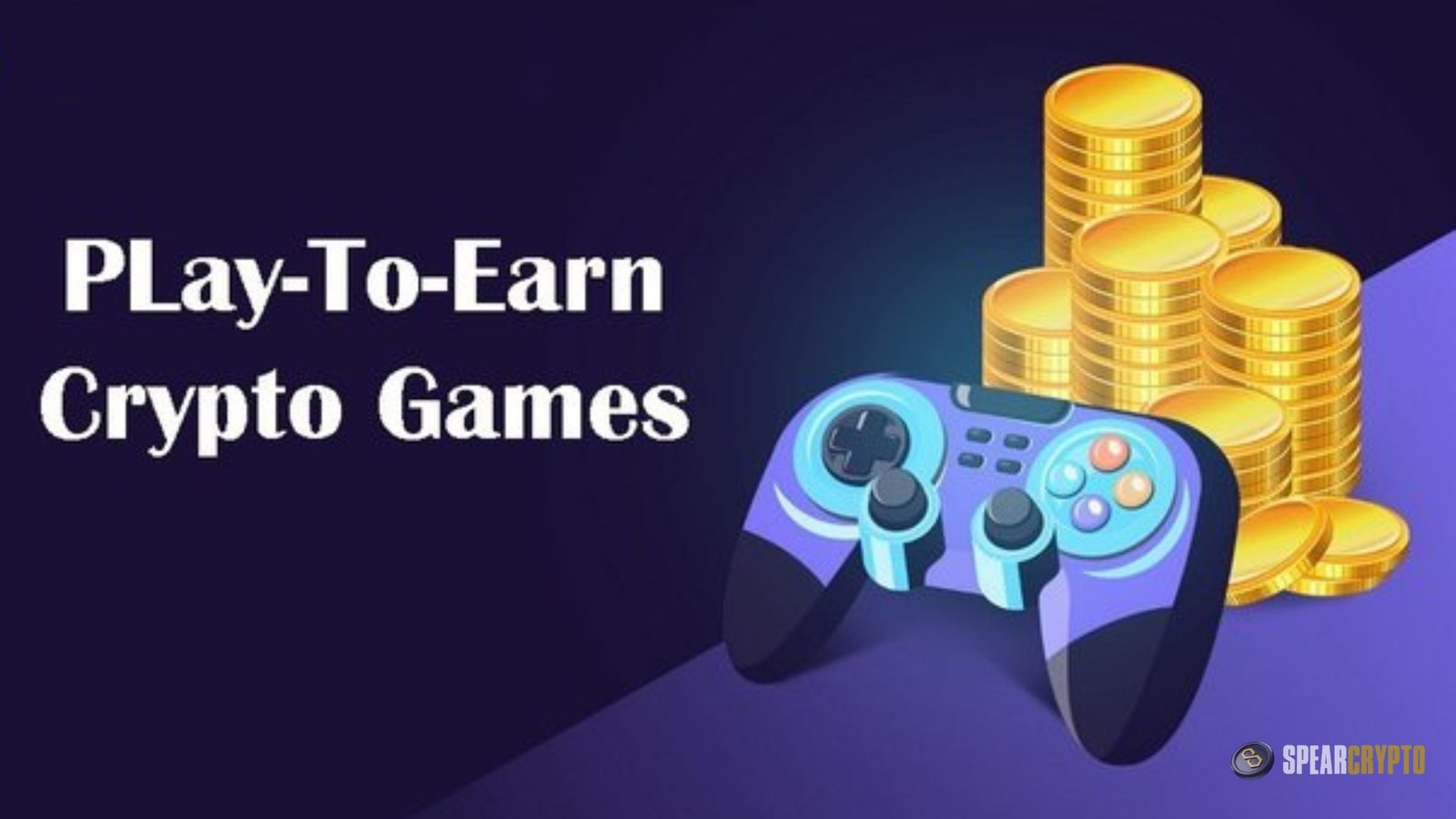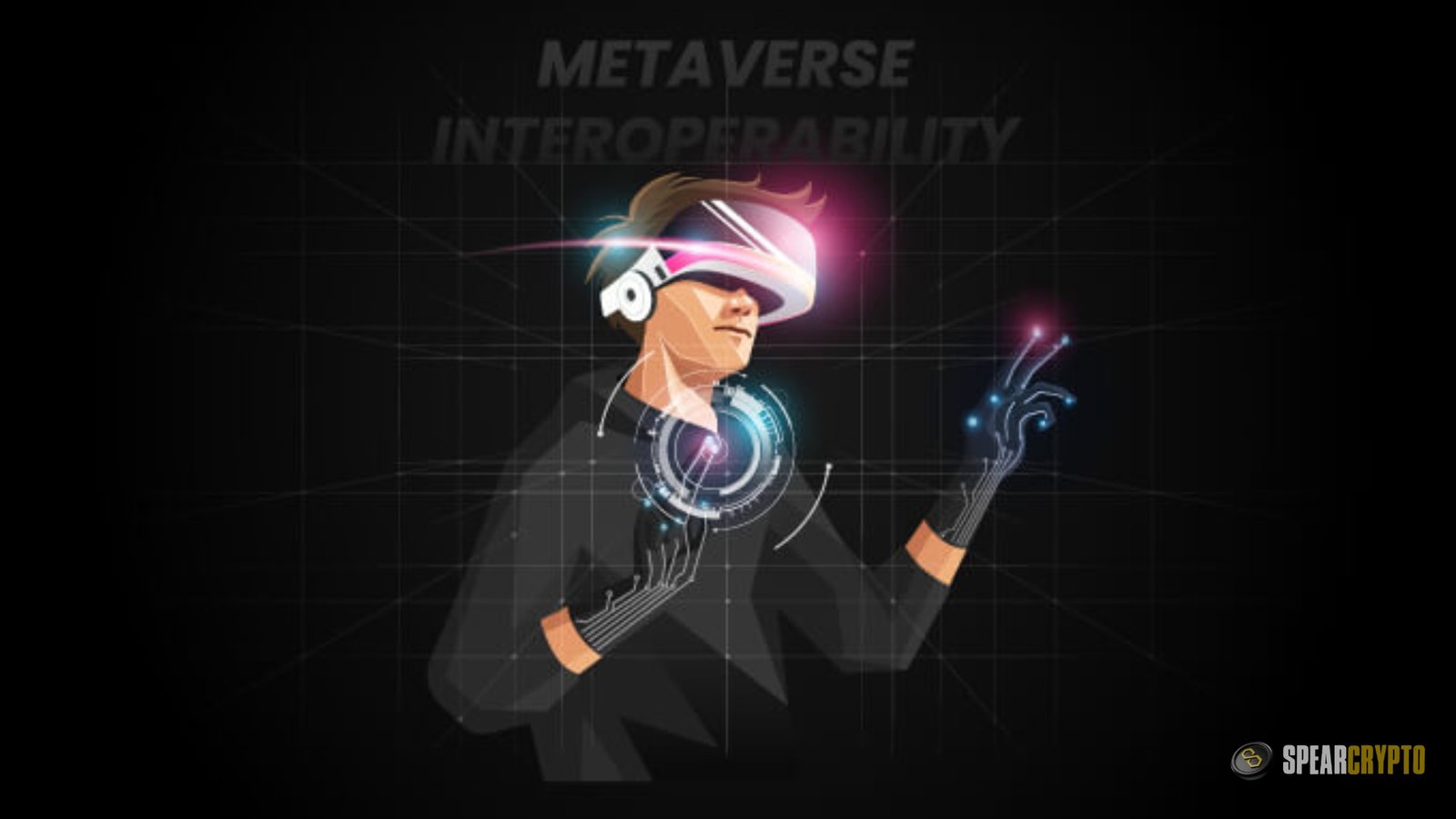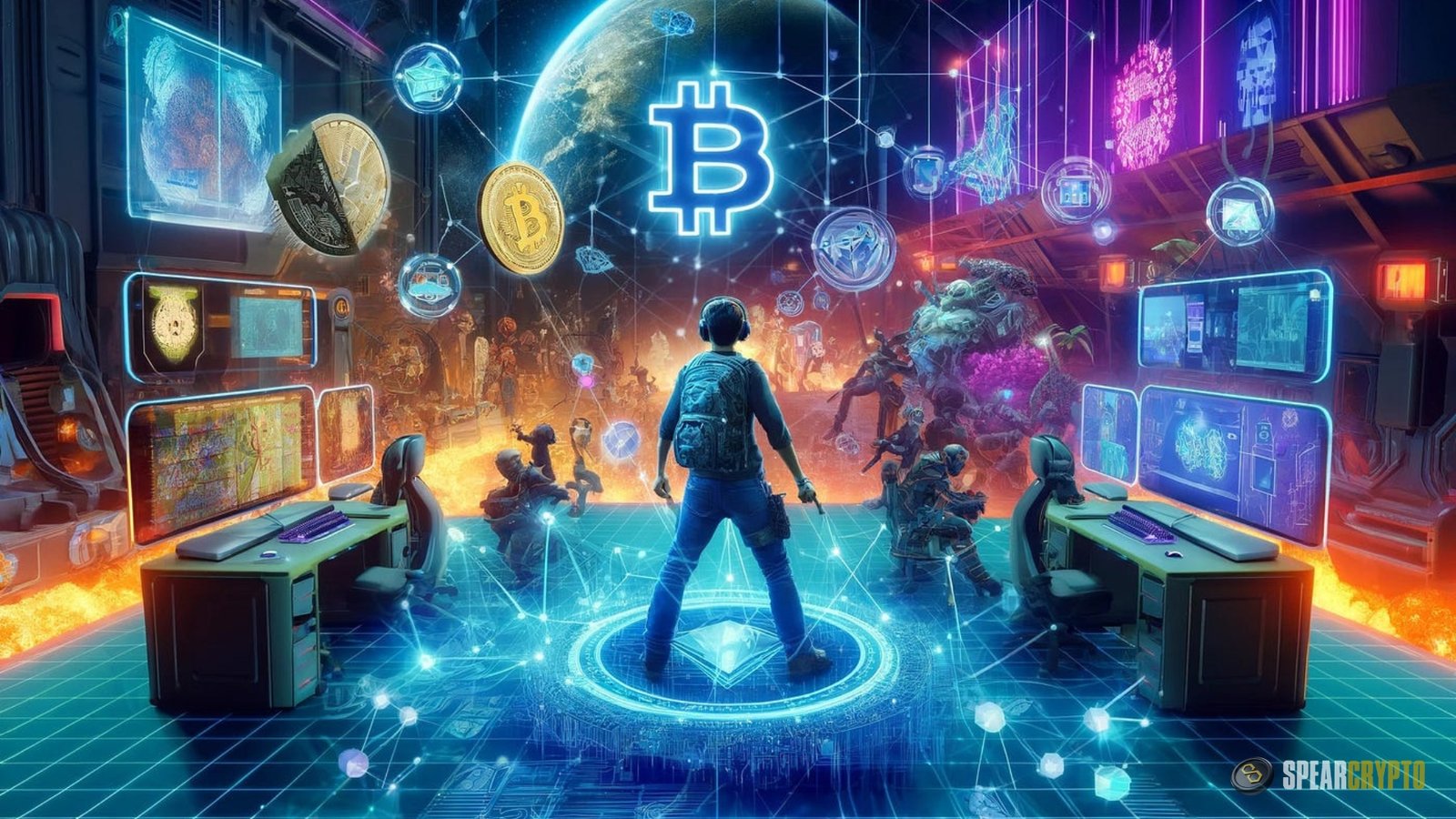
Crypto gaming has come a long way from its start as a small-scale pastime to a thriving sector combining blockchain technology, decentralized finance (DeFi), and gaming. As we enter the year 2024, this industry is thriving thanks to recent innovations in technology, game design, and economics. The essay dives into the present situation of crypto gaming by investigating. Its history, current developments, important trends, and potential future outcomes.
The Origins of Crypto Gaming
Crypto gaming began as an experimental concept around 2017 when blockchain technology was first applied to gaming. Early adopters recognized the potential of blockchain to enable actual digital ownership, transparent in-game economies, and decentralized control over game development and governance. One of the first successful crypto games was CryptoKitties, which allowed players to collect, breed, and trade virtual cats as non-fungible tokens (NFTs) on the Ethereum blockchain. This game demonstrated the potential of NFTs and set the stage for a wave of innovation.
Following CryptoKitties, various other blockchain-based games emerged, including Decentraland, Axie Infinity, and Gods Unchained. These games introduced concepts like play-to-earn (P2E), where players could earn cryptocurrency or NFTs with real-world value by participating in gameplay. This was a radical shift from traditional gaming models, where in-game assets had no value outside the game environment.
The Rise of Play-to-Earn Gaming
By 2020, the play-to-earn model had gained significant traction, fueled by the rise of decentralized finance (DeFi) and the increasing popularity of NFTs. Axie Infinity, in particular, became a phenomenon, with players in countries like the Philippines earning a substantial income through the game. The success of Axie Infinity showcased the potential of P2E gaming to provide financial opportunities, especially in developing economies where traditional job markets were unstable.
The core appeal of P2E gaming lies in its ability to empower players by allowing them to monetize their time and effort spent in the game. Unlike traditional games, where game developers own and control assets, P2E games leverage blockchain to give players full ownership of their in-game items. This gives players a sense of control and allows them to trade, sell, or use their assets in other compatible games or platforms.
Technological Advancements Driving the Industry
Several technological advancements have contributed to the growth of crypto gaming. One of the most significant is the evolution of blockchain technology itself. Early blockchain networks like Ethereum faced issues with scalability, high transaction fees, and slow processing times, which limited the potential of crypto gaming. However, the development of layer-2 scaling solutions like Polygon and the emergence of new blockchains like Solana and Binance Smart Chain (BSC) have addressed many of these challenges. These networks offer faster transaction speeds, lower fees, and better scalability, making them more suitable for gaming applications.
Another essential advancement is the improvement of intelligent contracts. These self-executing contracts with the terms of the agreement directly written into code have become more sophisticated, enabling more complex game mechanics and decentralized governance models. This has led to the creation of decentralized autonomous organizations (DAOs) that govern certain aspects of crypto games, allowing players to have a say in game development, updates, and community initiatives.
Integrating artificial intelligence (AI) and machine learning (ML) has also begun influencing crypto gaming. AI is being used to enhance gameplay experiences, create more responsive non-player characters (NPCs), and optimize in-game economies. Meanwhile, ML algorithms are helping to detect and prevent fraud, ensuring fair play and security in decentralized gaming environments.
The Growth of Metaverse and Interoperability
The metaverse concept has gained significant attention in recent years, particularly in the context of crypto gaming. The metaverse refers to a collective virtual shared space created by converging virtually enhanced physical reality and physically persistent virtual space. In the metaverse, users can interact with each other and the environment in real-time, often using avatars.
Crypto gaming is at the forefront of metaverse development, with platforms like The Sandbox and Decentraland leading the way. These virtual worlds allow players to own land, create experiences, and monetize their activities using NFTs and cryptocurrencies. Blockchain integration ensures that assets and identities are portable across different metaverse platforms, enhancing interoperability and user engagement.
Interoperability has become a crucial aspect of the crypto-gaming ecosystem. It allows assets like NFTs and cryptocurrencies to be used across multiple games and platforms, creating a more cohesive and immersive experience for players. This contrasts traditional gaming, where assets are typically confined to a single game or platform. The rise of cross-chain bridges and protocols facilitating interoperability between blockchains has further accelerated. This trend allows for a more interconnected gaming experience.
Challenges Facing Crypto Gaming
Despite its rapid growth, the crypto gaming industry faces several challenges that could impact its long-term success. One of the most pressing issues is regulation. As governments worldwide grapple with how to regulate cryptocurrencies and blockchain technology, the crypto gaming sector finds itself in a legal grey area. This uncertainty can hinder adoption, as players and developers may be wary of potential legal repercussions.
Another challenge is the environmental impact of blockchain technology. Many crypto games rely on proof-of-work (PoW) blockchains like Ethereum, which consume large amounts of energy. This has led to concerns about the carbon footprint of crypto gaming, particularly as the industry scales. However, with the transition of Ethereum to a proof-of-stake (PoS) consensus mechanism and the rise of more energy-efficient blockchains, there are signs that this issue may be mitigated.
User experience (UX) is another area where crypto gaming can be improved. While blockchain technology offers numerous benefits, it can also introduce complexity that is unfamiliar to many players. Wallet management, private critical security, and understanding gas fees are all aspects of crypto gaming. That can be daunting for newcomers. Improving UX and making blockchain technology accessible to the average gamer will be crucial for the industry’s continued growth.
Key Trends Shaping the Future of Crypto Gaming
As we move further into 2024, several key trends will likely shape the future of crypto gaming.
Mainstream Adoption
One of the most significant trends is the mainstream adoption of crypto gaming. Major gaming companies are beginning to explore blockchain technology, and traditional gamers are slowly warming up to the idea of actual digital ownership and play-to-earn mechanics. As more AAA studios and mainstream titles incorporate blockchain elements, crypto gaming could surge in popularity and legitimacy.
Move-to-Earn and Other Innovative Models
While play-to-earn has been the dominant model in crypto gaming, new models like move-to-earn (M2E) are emerging. In M2E games, players are rewarded for physical activities, such as walking or exercising, which are tracked using wearable devices or smartphone apps. These innovative models are expanding the possibilities of how blockchain technology can be integrated into everyday life.
Enhanced Graphics and Immersive Experiences
Advances in graphics technology and virtual reality (VR) are enabling more immersive and visually stunning crypto games. As VR and augmented reality (AR) hardware becomes more accessible, we expect to see a new generation of crypto games that offer experiences rivaling traditional gaming platforms.
Community-Driven Development
Decentralized autonomous organizations (DAOs) will likely play a more significant role in developing and governance crypto games. These community-driven organizations allow players to have a direct say in the game’s direction, fostering a sense of ownership and investment in the game’s success.
Sustainability and Green Gaming
With increasing awareness of blockchain technology’s environmental impact, there is likely to be a stronger focus on sustainability in the crypto gaming industry. This could involve the adoption of more energy-efficient blockchains. The development of green NFTs and initiatives to offset carbon emissions associated with gaming.
Cross-Platform Integration
The future of gaming is likely to be cross-platform, with assets and identities transferable across different games and platforms. This trend is already taking shape in crypto gaming, with interoperability becoming a key feature of many games. As this trend continues, we may see a more seamless gaming experience where players can move effortlessly between different virtual worlds and ecosystems.
Educational and Skill-Based Games
Another emerging trend is the development of educational and skill-based crypto games. These games go beyond entertainment, allowing players to learn new skills or gain knowledge in finance, coding, and strategy. The integration of blockchain technology allows for the certification of skills and achievements. Which could have real-world value in the job market.
The Future of Crypto Gaming
The future of crypto gaming is filled with potential and uncertainty. As the industry evolves, it will likely face new challenges and opportunities. One of the most exciting prospects is the potential for crypto gaming to revolutionize. The broader gaming industry has led to new forms of gameplay, monetization, and community engagement.
In the coming years, we can expect continued innovation in blockchain technology, with new solutions emerging to address limitations such as scalability, security, and user experience. These advancements will likely lead to the creation of more sophisticated and accessible crypto games, attracting a broader audience and driving further adoption.
Moreover, as the lines between the physical and digital worlds continue to blur, so does crypto gaming’s role. The metaverse will become increasingly important. Integrating VR, AR, and AI technologies will create more immersive and interactive gaming experiences, further blurring. The boundaries between gaming, social interaction, and commerce.
However, the industry’s growth will depend on its ability to navigate regulatory challenges and address environmental concerns. Collaboration between industry stakeholders, regulators, and environmental groups will be crucial to ensuring. That the benefits of crypto gaming are realized without compromising legal and ethical standards.
Conclusion
Finally, in 2024, crypto gaming will have reached a turning point. The industry’s capacity to innovate, adapt, and tackle new difficulties will determine. Its future success even though it has progressed in recent years. The potential for crypto gaming to become a mainstream entertainment and economic activity is enormous, given the continued technological advancements. The increasing openness of the gaming community to blockchain-based experiences. The future of this dynamic and fast-paced sector will be shaped. The next few years by play-to-earn, metaverse integration, or other yet-to-be-conceived game models.
[sp_easyaccordion id=”3094″]







